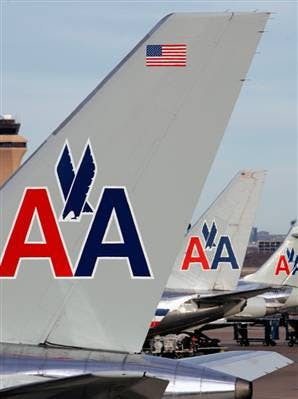The long anticipated merger of two major U.S. airlines is now official.
American Airlines and US Airways will merge their operations, their customer bases, and – most critically – their employees. Yet every merger, no matter how well planned or how well aligned, is fraught with potential roadblocks along the way.
An article in The Wall Street Journal highlighted the major challenges facing these two storied airlines as they merge:
A marriage of American and US Airways would represent a much greater challenge. American is almost twice as large as US Airways by traffic but would be run by the management of the smaller carrier, which is expected to move into AMR’s headquarters in Fort Worth, Texas. The cultures are different. Tempe, Ariz.-based US Airways is scrappier and more relaxed and has rebounded financially and operationally from hard times after its merger. American, a proud and button-down company that was king of the skies for decades, had been in a downward spiral for years and had a bad experience with its ill-timed 2001 purchase of Trans World Airlines.”
The business details of a merger are rarely the stumbling block to completing a merger successfully. No, it’s merging the cultures and the people that usually presents the greatest challenge. This is because employees on both sides need validation, consistency and a clear plan for the future – all of which can be addressed through a strategic, social recognition program, easing the transition period and keeping employees engaged and performance high.
5 steps to help smooth the merger process
Outlined below are five steps to smoothing the M&A transition process through strategic, social recognition.
- Merge the two companies’ vision and values into a new statement that is meaningful to employees from both organizations. Then use the strategic recognition program as a positive communication tool of the vision and values to all employees. When done correctly, recognizing behaviors, actions or attitudes that are tied to a specific value will help those values come alive for all employees, creating a more meaningful and memorable impact. Designate recognition ambassadors within both merging companies to encourage and demonstrate appropriate use of the recognition program.
- As with any strategic program, secure executive sponsorship of the recognition program, but be sure to include key senior leadership from both companies in the initial roll-out. By seeing familiar and trusted leaders encouraging positive appreciation moments throughout the merged organization, employees from both companies will begin to notice and acknowledge the valuable efforts and contributions from their colleagues in the other company.
- Any strategic program requires measurable goals to track success. Frequency, timeliness and appropriateness of the recognition and rewards are critical in recognition programs. In the special case of M&A, specific goals should be included to track the progress of the merger of the two cultures into one of appreciation across the global workforce.
- Carefully track progress on the cultural merger. Prior to program launch, confidentially survey employees on current job satisfaction; engagement level in their current roles; level of concern with the M&A relative to job retention, potential culture change and leadership; understanding of the values of the merged entity; and how those values translate to daily behaviors. Conduct the survey again periodically to measure improvements in these and other predetermined critical-to-success areas.
- Launch the program soon after the M&A is finalized to engage all employees in this new culture of appreciation, help them understand their continued value to the merged organization, and unite all employees behind the new vision and values.
Have you been through a merger or acquisition? How did your organization leaders handle the impact of the merger on employees?
You can find more from Derek Irvine on his Recognize This! blog.
